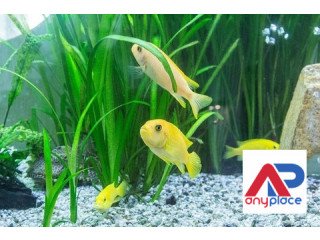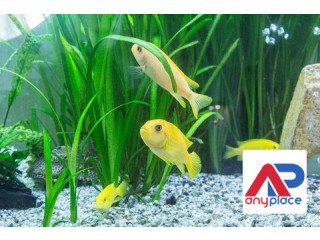Simple Science: The Difference Between Soap and Detergent
2022-04-06 12:17 Automobiles Sahāranpur 490 views Reference: 850Location: Sahāranpur
Price: Contact us
Simple Science: The Difference Between Soap and Detergent
American consumers often use the words “soap” and “detergent” interchangeably, but in reality there are significant differences between these two types of cleaners.
A Brief History
The earliest evidence of soap can be traced back to 2800 B.C., where historians believe it was used by the ancient Babylonians. Soap making is mentioned in ancient Roman documents written as early as 70 A.D.
Fast forward to Medieval Europe where soap making is an established craft with centers in France, Spain and Italy. During that time the use of soap was a luxury enjoyed mainly by those who could afford it. Manufactured bar soaps weren’t available until the late 18th century in Europe and the U.S. Widespread use of soap during this period can be attributed to advertising campaigns touting the relationship between good personal hygiene and health.
Detergents entered the picture about 1916 when World War 1 soap ingredient shortages encouraged manufacturers to develop synthetic cleaners to meet demand. By the 1950s detergents had overtaken traditional soap products in homes across America. Today, detergents are used for laundering, dishwashing and many other types of cleaning.
The Chemistry
Soaps are made from natural ingredients, such as plant oils (coconut, vegetable, palm, pine) or acids derived from animal fat. Detergents, on the other hand, are synthetic, man-made derivatives. While soap is limited in its applications, detergents can be formulated to include other ingredients for all sorts of cleaning purposes. Perhaps the most common and versatile of these ingredients are surfactants … surface active agents.
About Surfactants
Surfactants aid in cleaning because they reduce surface tension and improve water's ability to spread evenly over it. This creates a more uniform wetness that makes dirt and soil easier to wipe away and remove. Surfactant molecules can also have either a positive or negative charge, with one end attracted to water and the other end attracted to dirt and grease. This helps detergents attach to dirt, break it up and let water wash it away.
Most cleaning products today are detergents. One of the biggest reasons for this is the way soap reacts with water. While detergents are free-rinsing (meaning they don’t leave a residue), soap needs a clear water wash after application or it will leave a film.
Hard water is the enemy of soap. In hard water conditions soaps form scum. Soap scum affects more than just cleanliness; it can deteriorate fabrics and eventually ruin clothing or other surfaces. Conversely, detergents can work in any level of water hardness since they react less to the many minerals in hard water.
Finally, soaps need warm water to work at all. Detergents, on the other hand, can be built to perform well in any water temperature. This versatility enables detergents to be used in everything from shampoo to laundry liquid to hand cleansers and stain removers.














